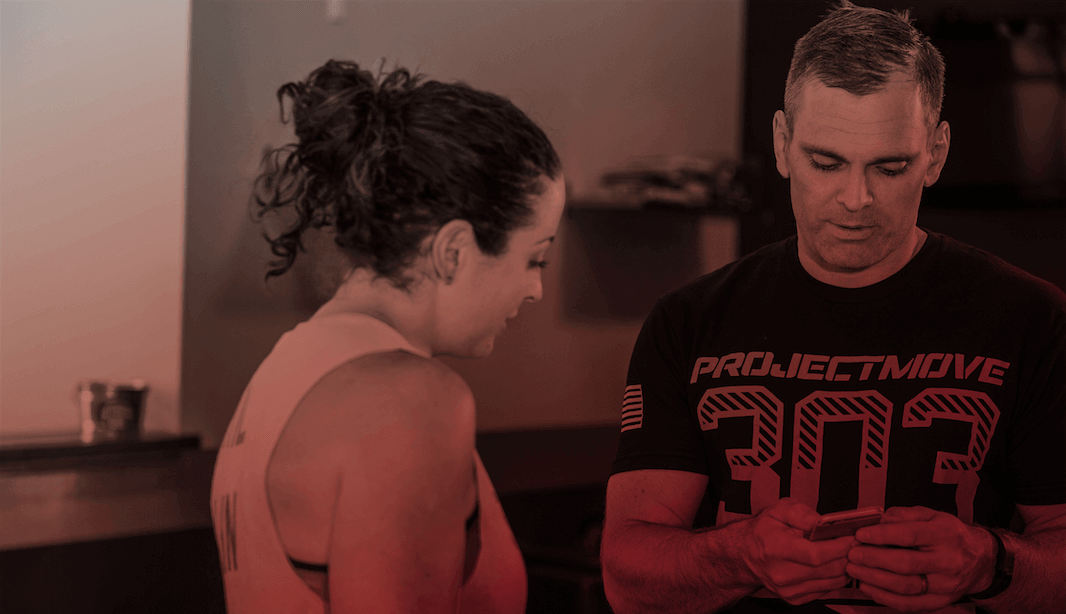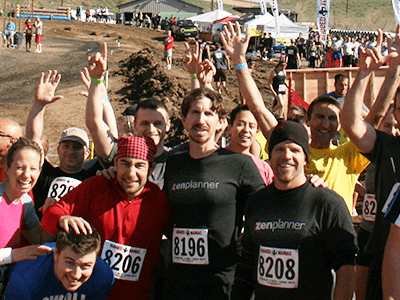Motivate Your Gym Members Using The Ice Bucket Challenge

Everywhere we turn today we see a challenge. From the ever played out ALS Ice Bucket Challenge to the super successful Lurong Paleo Challenge, there seems to be something in our collective psyche that motivates us to take action when faced with a challenge. Miriam Webster says that a challenge is:
challenge
(noun)
: a difficult task or problem : something that is hard to do
: an invitation to compete in a game, fight, etc.
The American Ninja Warrior course is a challenge, as are adventure races like the Spartan Race, Rugged Maniac and Tough Mudder. Because these challenges are everywhere now, I started thinking about the psychological draw of a challenge and how that power can be used to help your gym members achieve amazing results. To explore that idea, we first must understand the basics of motivation.
Intrinsic Motivation and the ALS Ice Bucket Challenge
There are two types of motivation: extrinsic, which is the carrot and the stick kind, or intrinsic, which is the kind that comes from inside us. Since it’s obvious that extrinsic motivation isn’t the most common reason people participate in challenges, intrinsic motivation is the one we need to examine. From there, the most applicable theory of motivation in the context of a challenge is the Self-Determination Theory (SDT). (Stay with me here…I promise I’ll loop back around to explain how you can use this in your fitness business).
This theory states that favorable social and culture conditions impact a persons’ desire to act and their quality of performance once he or she takes action. Or, more specifically:
Conditions that support and build a participant’s sense of “autonomy, competence, and relatedness” promote “high-quality forms of motivation and engagement for activities, including enhanced performance, persistence, and creativity.”To verify it applies, let’s test that theory in regards to the challenges we see so often now.
ALS Ice Bucket Challenge
- We see favorable social and cultural conditions. (Everyone else is doing it… it’s the new norm to dump a bucket of ice water on your head)
- Participants act in a fully autonomous fashion but have a sense of relatedness to one another and the greater purpose of contributing to ALS.
- Participants are very engaged and often creative in how they participate.
Paleo Challenges
- In each gym or box, social and cultural conditions are favorable for the challenge. (Large groups participate, so you’re connected to other participants)
- Participants are self-governing in how they eat and workout, but they are related to other participants and their gym and coaches with the greater purpose of being healthier and stronger.
- Participants are very engaged, and we usually see enhanced performance and amazing persistence.
Mud Runs and Adventure Races
- Social and cultural conditions are extremely favorable the challenge. (It’s fun because you compete as a group and celebrate caked in mud.)
- Participants are related in the fact that they all have the same course to run, but they have autonomy in regards to the speed and tactics they will use to tackle the course.
- Participants are very engaged and usually perform extremely well and demonstrate amazing persistence, particularly when doing things like climbing over huge walls!
Now we know the STD Theory holds true to the challenge phenomenon, so let’s look at how your fitness business could use it to motivate your members.
Applying This to Your Business
The SDT theory gives us two main conditions we need to replicate.
- By creating a favorable social and cultural setting, you’ll peak your members’ intrinsic motivation, and it will drive their level of engagement while participating.
- By allowing high levels of participant autonomy while fostering an overall sense of competence and connectedness, you will make conditions favorable for your participants to achieve their best performance.
Breaking that down into a day-to-day training environment, it would look like this:
A favorable cultural and social setting, in regards to the SDT Theory, is one that is positive and encouraging. It is created and maintained by you, your coaches and your members. It allows your members to feel self-directed in their level of participation but related to others in the gym. It also should promote a feeling of confidence in participants, which resonates with most people. In general we don’t want to take part in something we’ll fail.
What it Looks Like in Practice:
Here’s what this type of motivation would like in your gym. I bet you’re already doing some of these things, but you’ll also probably pick up a few tips to keep your members motivated to achieve their best.
Creating the Right Culture
- Is your team addressing each member by name and remembering who they are connected to in the gym? (Husband & wife, sisters, neighbors, etc.) That feeling of connectedness matters in the context of motivation.
- Are they reinforcing the feeling of connectedness by asking about your members when they are away from the gym? How about when their family and friends are away?
- Is there a physical space for your members to connect and bond with your staff and each other? Do you have social events outside of your daily workouts?
Creating a Sense of Competence in Your Members
- Is your coaching team positive in words and action? Do they avoid (even gently) calling out members who are slower, weaker, or less coordinated? This theory advocates positive interactions that build a sense of confidence and competence.
- Are your on-ramp classes and intro sessions setup to instill a sense of confidence and competence in the participants? Do coaches recognize small achievements in the class? Even though achievements might be incredibly small to an experienced coach, small gains will likely be a huge step toward building a sense of confidence for a beginner.
Introducing the Challenge Aspect
Now here’s the fun part. You can challenge your members anyway you like. For instance, you can challenge your members to best their own achievements or those of their family or friends. Or you can introduce challenges like:
30-Day Personal Best Challenge
30-Day Workout Challenge
30-Day Burpee Challenge
100-Mile Run/Row Challenge
Double Under Challenge
Tracking Progress in the Challenge
Do you have a Leaderboard and Workout Tracking? Tracking progress in a visible way is critical for motivation. It will foster a sense of community because gym members see they are part of a bigger participant group, but it also builds a sense of competence because participants see they improve with subsequent workouts.
The next time you decide to challenge your members, try using the psychology behind the ALS Ice Bucket Challenge to boost participation and results. Of course, this all makes sense in theory, but do you accept the challenge of undertaking it in your gym?
\
Check out our latest eBook, Fitness Business Management Time Traps to Avoid. This guide will help you identify which tasks are taking up too much of your time, how to avoid these traps in the future and, most importantly, how creating efficiencies can help you better build relationships with your members.

I’m Coach Kelli, a devoted CrossFit gym owner with 15 years of experience managing my facility, along with owning yoga studios and wellness centers. Beyond the fitness world, I have a passion for cooking, cherish moments with my children and family, and find joy in spending time outside. Having experienced the highs and lows, I’m dedicated to leveraging my expertise to help you grow and succeed on your fitness journey.

I’m Coach Kelli, a devoted CrossFit gym owner with 15 years of experience managing my facility, along with owning yoga studios and wellness centers. Beyond the fitness world, I have a passion for cooking, cherish moments with my children and family, and find joy in spending time outside. Having experienced the highs and lows, I’m dedicated to leveraging my expertise to help you grow and succeed on your fitness journey.








